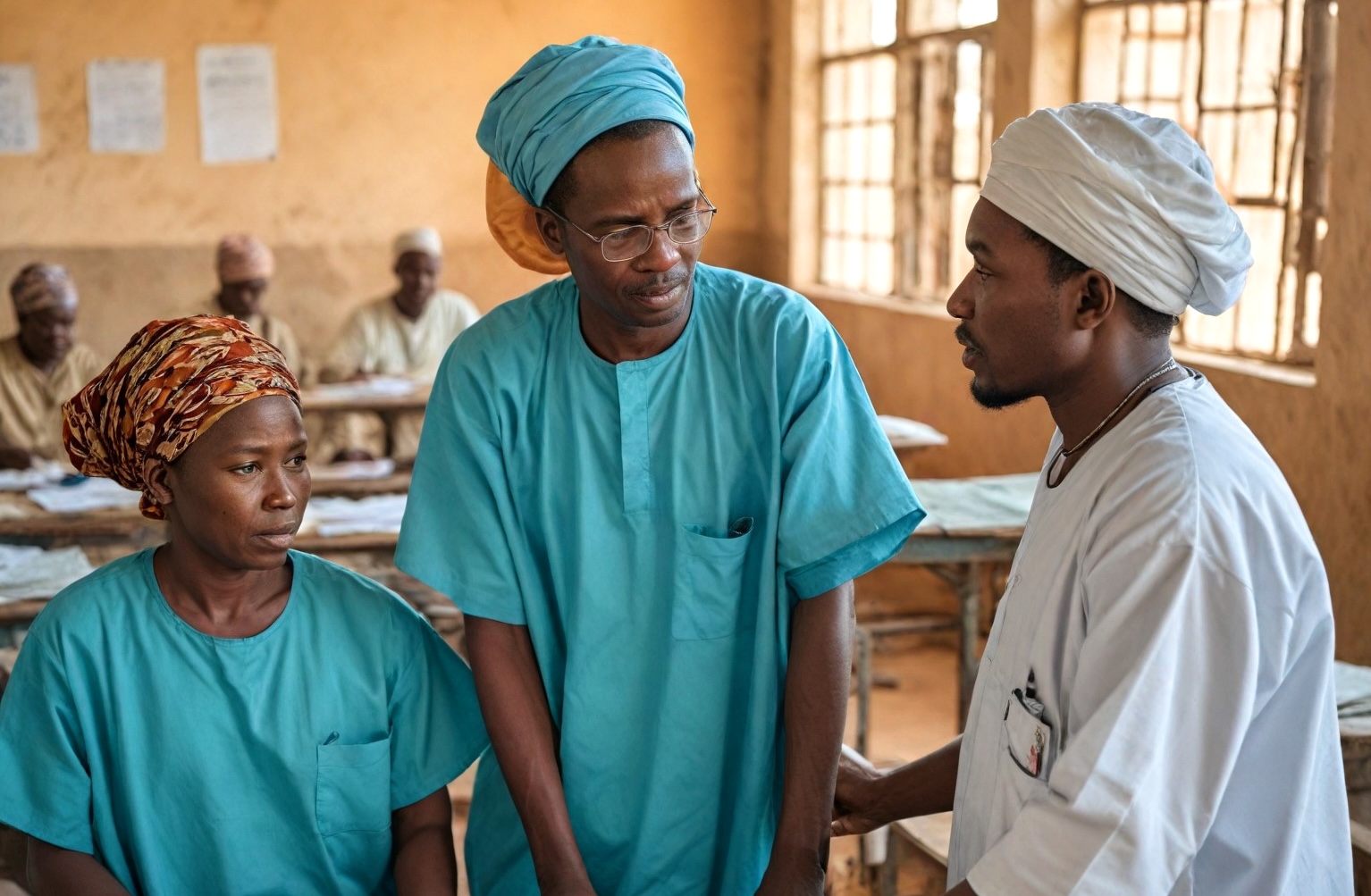Since the 2010s, Niger’s healthcare system has suffered from leadership and coordination problems. Since 2021, reforms supported by WHOthe P4H focal person and all partners, have revitalized programming practices, strengthened leadership and improved data analysis and coordination.
A renewal of strategic frameworks and a return to best practices
The state of the healthcare system, a long-standing fact, has been placed at the heart of strategic documents and a series of reforms initiated since 2021. They have enabled a gradual strengthening of leadership and a new dynamic in programming.
With the support of the World Health Organization, the MSP has carried out a study on the reform of coordination and consultation frameworks. reform of the Fonds commun santéled by the P4H country focal point; the sector’s players have again developed a new Health and social development plan. These various initiatives have made it possible to define strategic orientations, renew the working framework and identify key reforms and best practices to be initiated or reinitiated.
The dissemination of these tools and the development or redevelopment of a planning culture was carried out by teams of experienced MSP and TFP managers, who were involved in the various stages and levels of the review exercise, from district to central level.
Key institutional and technical innovations
The revival of best practices has been accompanied by key technical and institutional innovations. They are decisive in ensuring the ongoing management and regular monitoring of the SSDP’s implementation, but also in ensuring that this dynamic is maintained over the long term. For example, the regular MSP and PTF promotes leadership, accountability and alignment. It provides an update on the key reforms of the PDSS and the status of health indicators. It is fed by data mobilized within the framework of dashboards combining public health data, and process and administrative data at all levels.


